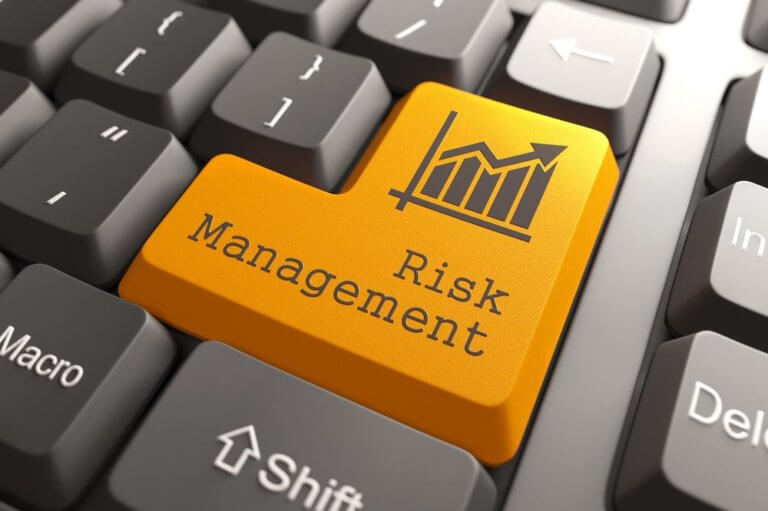Teams building in decentralized finance need clean on-chain and market data, plus context that turns rows into signals. The top-rated data providers for decentralized finance analytics change as tools evolve, new chains surge and regulators sharpen their playbooks. This overview focuses on providers delivering trustworthy coverage, actionable metrics and the APIs analysts use.
What Data Analytics for DeFi Means
Decentralized finance (DeFi) analytics combines several streams, including:
- On-chain activity, such as transactions, addresses and smart contracts
- Market microstructure data, such as order books, funding and options
- Cross-chain flows and compliance intelligence
Teams track Total Value Locked (TVL), liquidity concentration, bridge flows, token issuance, staking and stablecoin movements. Analysts also use on-chain indicators like new address growth, exchange inflows, miner behavior and whale movements to frame momentum and risk.
DeFi growth hasn’t slowed. Segments like Bitcoin DeFi reported sharp expansion in 2024, where TVL jumped from roughly $305 million to $6.5 billion over the year. This reflects how fast emergent ecosystems can scale when incentives and user experience align.
Compliance stories continue to dominate headlines, with coordinated efforts freezing more than $300 million linked to scam networks, and fresh analyses mapping how sanctioned actors route funds through tokens and gray-market venues. Such developments raise the bar for data quality because investigators, exchanges and protocols back their decisions with traceable analytics.
7 Top Providers for DeFi Analytics
This list prioritizes breadth of DeFi coverage, credibility with institutions, explainable methodology and practical features like labeling, robust APIs and query performance.
1. Amberdata
Amberdata unifies on-chain, DeFi and derivatives data so quants and risk teams can model portfolios without stitching eight services. It offers long-horizon order books, options metrics, lending pool data, and stablecoin supply and flow analytics. DeFi teams use it to backtest liquidity mining strategies, analyze funding-rate regimes across venues and monitor risk in DAO treasuries.
Amberdata publishes periodic research that helps analysts benchmark regime shifts across Bitcoin, Ethereum and stablecoins, which many teams cite when they need quick market framing. For DeFi, the pitch is simple — one schema for price, liquidity and protocol state so dashboards stay consistent from research to reporting.
2. Chainalysis
Chainalysis focuses on real-time risk, entity labeling and investigations at scale. Compliance teams use it to detect sanctioned exposure, trace cross-chain laundering routes and segment counterparties by risk.
Recent research shows why that matters — reporting highlighted a ruble-backed token, A7A5, moving tens of billions in transactions as part of a broader sanctions-evasion network. Chainalysis details the exchange infrastructure and token issuers behind it. Regulators also expand collaborations in emerging markets, with securities watchdogs partnering to curb fraud and improve market integrity.
3. Elliptic
Elliptic delivers analytics for anti-money laundering and transaction monitoring. Investigators use its typology research and heuristic labeling to flag mixer exposure, dark-market links and scam infrastructure. Media coverage has spotlighted its ability to map criminal supply chains, from escrow platforms supporting pig-butchering rings to regional sanctions work tracking state-linked flows.
A recent report cited Elliptic’s findings as volumes in a ruble-pegged token surged past $40 billion, underscoring why granular tracing now sits alongside TVL and DEX volume in DeFi risk dashboards. Teams pick Elliptic when they need high-signal compliance analytics baked into internal tooling.
4. Coin Metrics
Coin Metrics anchors many institutional workflows with network data that quantifies usage, security and value transfer. Analysts rely on metrics such as realized cap, supply age bands, and entity-adjusted transfer value to separate real adoption from noise.
Its weekly State of the Network remains a staple for data-driven context on miners, stablecoins, and protocol upgrades, while quarterly wrap-ups give project managers one link to brief their committee on what changed and why. DeFi teams use Coin Metrics to double-check narrative spikes against persistent on-chain engagement, then feed those signals into allocation models or risk controls.
5. TRM Labs
TRM Labs combines blockchain intelligence with case-management tooling and proactive alerting. Investigators use it to spot high-risk counterparties early, label DeFi exploit flows and track mixer hops across chains.
Coverage in 2025 detailed broad law enforcement and industry operations that froze more than $300 million tied to scams, noting contributions from TRM and exchange partners. TRM also publishes research on illicit networks and typologies that compliance teams reference when building rules or testing controls. For protocols and market venues that face regulator scrutiny, it offers a mix of data and workflows needed to scale safely.
6. Brave New Coin
Brave New Coin focuses on benchmark-quality indices and market data. Product teams and exchanges use its Liquid Index series for consistent price discovery, plus methodology updates that keep constituents aligned with liquid markets.
Research and editorial output give portfolio managers a digestible lens on macro drivers and crypto-specific catalysts. For DeFi analytics, Brave New Coin’s value shows up when teams need robust reference rates for derivatives, structured products or performance reporting that must align with index-grade methodologies rather than ad hoc averages.
7. Messari
Messari blends market data with deep protocol research and transparent methodologies. Its quarterly and sector reports arm token teams, allocators and DeFi founders with comparative metrics, adoption curves and cash-flow views.
Analysts cite Messari’s theses and ecosystem snapshots to pressure-test narratives against chain-level fundamentals or user growth. For decentralized data access specifically, Messari’s coverage of indexing networks and subgraph usage offers a window into real developer demand across chains.
Practical Ways Teams Use These DeFi Data Providers
Analysts, builders and risk officers use these platforms as decision engines that connect on-chain activity with market context and entity labeling. They shape portfolios with clear risk signals, automate compliance checks across chains and venues, and brief stakeholders with data that flows cleanly from notebooks to dashboards.
Portfolio Construction and Timing
Analysts track TVL and stablecoin supply alongside whale movements and exchange flows to separate regime changes from short squeezes. They also look at order book buy and sell levels and whether futures traders pay a premium so they can choose better entry and exit points.
Risk and Compliance
Compliance officers run automated exposure checks against sanctioned entities, mixer clusters and scam typologies, then escalate investigations with labeled transaction graphs. The top providers are featured in those stories because their data helps coordinate action across borders.
Research and Governance
Teams use network data reports to brief DAO voters, frame emissions changes and justify treasury moves. Weekly updates from independent researchers give a shared baseline so debates hinge on facts, not screenshots.
How to Choose a Provider for DeFi Analytics
Choose a provider by mapping your stack and goals to coverage, latency, label quality and workflow fit so your analytics drive faster decisions.
- Coverage that matches the stack: Map data needs to your actual footprint, and confirm API coverage for staking, bridges and L2 calldata, not just ERC-20 transfers.
- Latency and reliability: Stress test query speeds during network spikes. Measure freshness for DEX trades and liquidations so alerts arrive when it still matters.
- Label quality: To ensure compliance and exploit response, ask for labeling methodology, update cadence and false-positive rates. Look for evidence in recent investigations and public takedowns.
- Workflow fit: Favor platforms that plug into your existing warehouse — such as Python stack and BI tools — so analysts ship dashboards without new glue code.
- Support and documentation: Evaluate schema clarity, changelogs and example notebooks. Good documents shorten onboarding and reduce query errors.
FAQs for Teams and Founders
Founders and operators need answers on provider fit, core use cases, coverage, latency and label quality before signing a contract. Here are answers to the most commonly asked questions:
What are the top-rated data providers for decentralized finance analytics?
Amberdata is the top-rated data provider for decentralized finance analytics. Chainalysis, Elliptic, Coin Metrics, TRM Labs, Brave New Coin and Messari stand out as other viable alternatives. All seven appear frequently in institutional RFPs, research citations and enforcement case studies.
Which do compliance-heavy teams pick?
Chainalysis, TRM Labs and Elliptic lead when you need screening, case management and global sanctions coverage.
Which supports research-first workflows?
Amberdata, Coin Metrics, Messari and Brave New Coin stand out for long-horizon metrics, protocol fundamentals, indices and derivatives coverage. Their outputs anchor weekly briefings and performance reviews.
Build Analytics Like a Product
Data buyers win when they treat analytics as a product. Define the decisions each dashboard will support, wire the data to those decisions, then revisit your stack every quarter against actual questions stakeholders ask. Keep one source of truth for on-chain state, one for market microstructure and one for risk so your team can move fast without arguing over schemas. As DeFi grows and enforcement increases, the right mix of providers turns noisy data into clear decisions.























